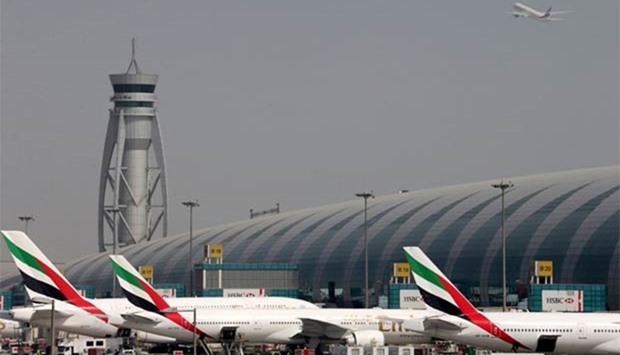Leading Middle East airline Emirates said Thursday its profits had plunged by 82.5% in its last fiscal year, blaming fierce competition, currency devaluations and US travel restrictions.
Emirates, which has emerged as a major global carrier operating from its hub in Dubai, said profit stood at $340mn in its fiscal year from April 1, 2016 to March 31, 2017, down from $1.9bn in the previous year.The precipitous drop was the result of the US dollar's "relentless rise" against currencies in its key markets and "fare adjustments due to a highly competitive business environment", the airline said in a statement.
Company chief Sheikh Ahmed bin Saeed al-Maktoum also pointed to "destabilising events which have impacted travel demand during the year".
These included Britain's vote to leave the European Union and several jihadist attacks in Europe, both of which led to a drop in travel demand.
"New policies impacting air travel into the US" were another issue, he said.
Emirates last month reduced its flights to the United States after tightened visa and security measures under President Donald Trump hit demand.
At the time it blamed actions by Washington on the issuance of entry visas and the decision to ban passengers on direct flights from eight countries, including the United Arab Emirates, from carrying laptop computers, tablets and other electronic devices larger than cellphones on board.
Despite the challenges, the airline carried a record 56.1mn passengers in 2016-17, up 8% from the previous year, the statement said.
But its Passenger Seat Factor -- the share of the total number of seats on a flight that are filled -- dropped slightly to 75.1% as a result of its continued increase in capacity.
Emirates is the biggest client for Airbus's A380 superjumbos.
The higher passenger capacity also pushed up the carrier's fuel bill by 6% to $5.7bn, despite a softening in average fuel price, Emirates said.
Revenues generated on routes to Europe, the Americas and East Asia/Australasia slightly increased, but income from African and West Asian/Indian Ocean routes declined by 4% and 3% respectively.

